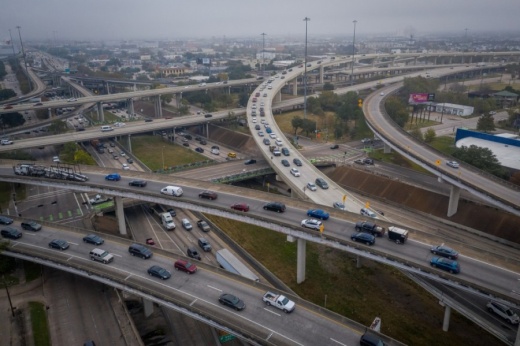The city of Houston conducted months of feedback on the Texas Department of Transportation-led plan, which proposes rerouting I-45 away from Midtown and through the East End while expanding its path through the Northside.
Houston Galveston-Area Council members, which include representatives of Harris County, the Harris County Flood Control District, the Metropolitan Transportation Authority of Harris County and several surrounding counties, are working through those and other suggestions via an interlocal agreement known as a memorandum of understanding.
Examples include adding increased flood mitigation alongside the highway, adding bus-only lanes and adding park space on top of caps where the highway will be built underground, such as in the East End.
Those interested in providing feedback on which suggestions the regional leaders should agree to fund and execute can participate in a virtual meeting Oct. 22 from 5:30 to 7:30 p.m.
“This is an opportunity to look a little differently at an extremely complex project ... and come up with something that the entire region can benefit from,” said Joe Zimmerman, the mayor of Sugar Land and the chair of the H-GAC committee.
Advocacy groups in Houston, however, are eyeing the process closely, noting the representatives tasked with drafting the plan represent many counties far outside the project’s most significant segments.
“Any working group ... should not include an overwhelming majority of members who do not represent the neighborhoods, people and businesses along the project corridor,” a memo from transportation advocacy group Link Houston stated.
The project, which has been decades in the making, has prompted strong pushback from community leaders within Houston’s city limits who have said it will have a negative impact on the environmental and socioeconomic health of the predominantly Black and Hispanic neighborhoods where the expansion is planned.





